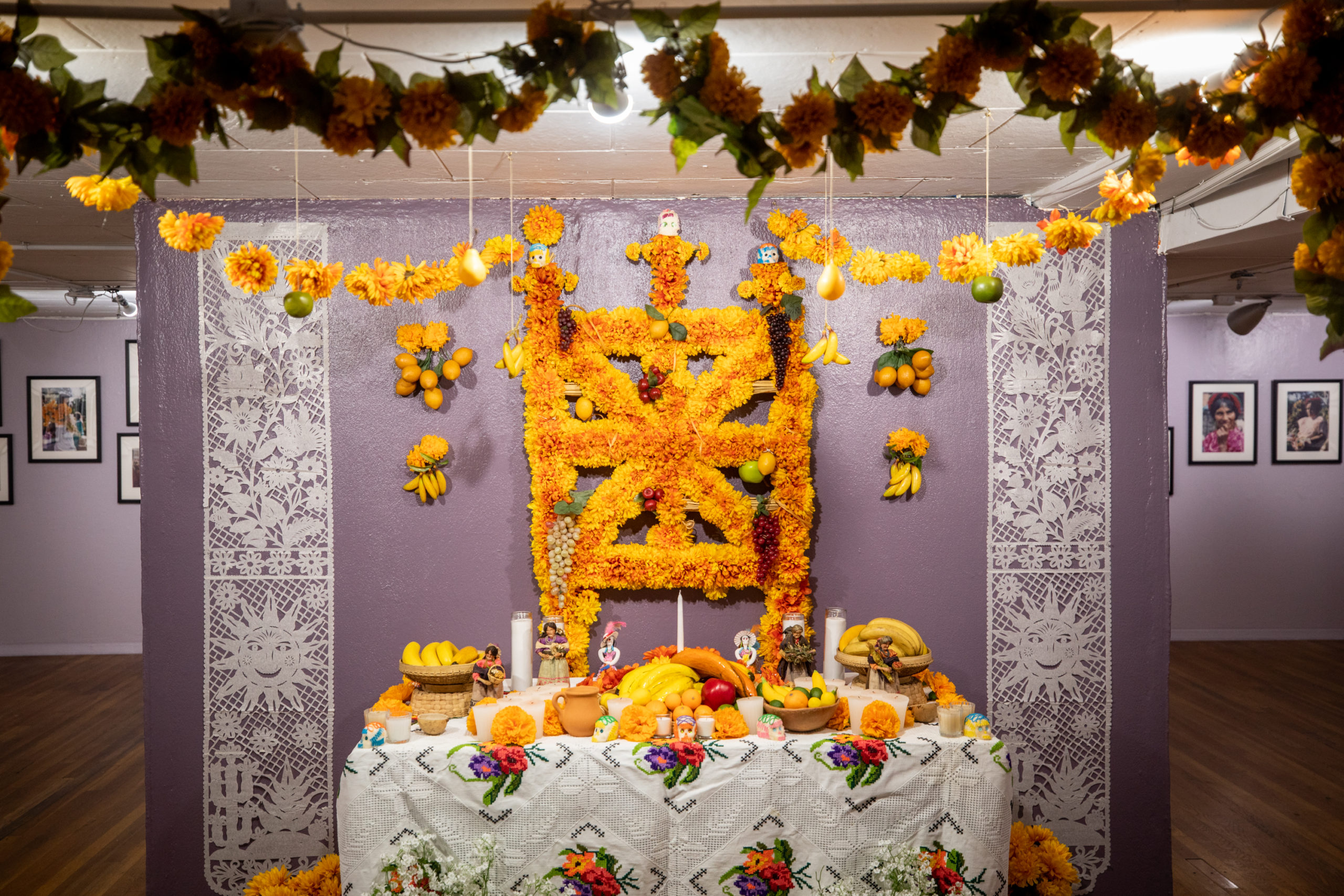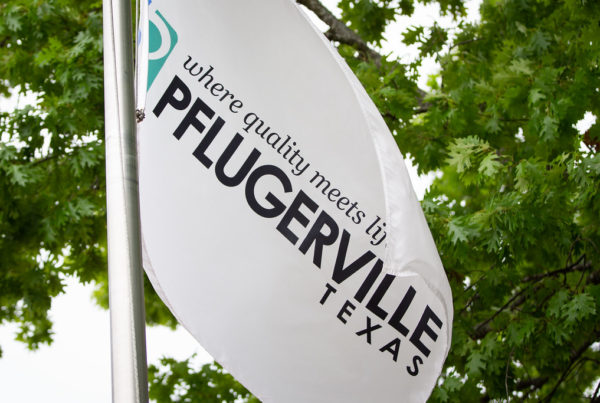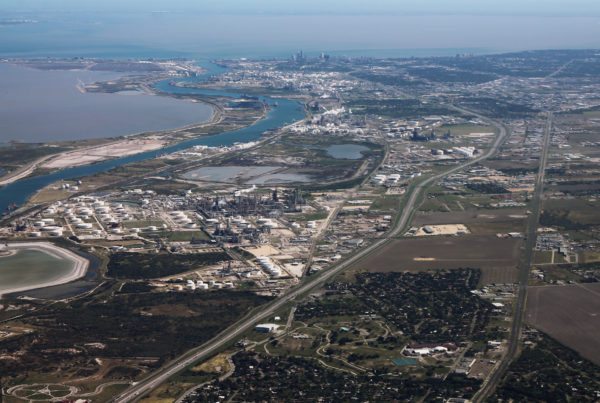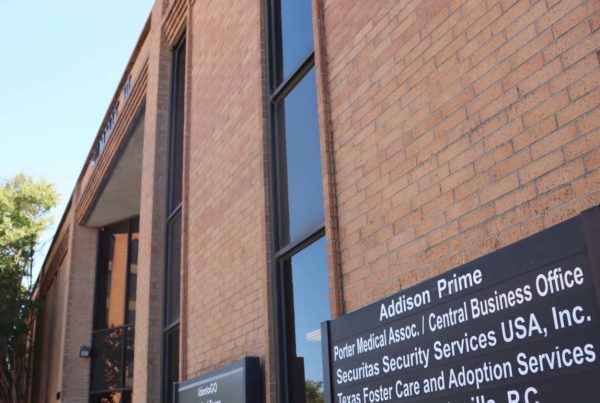Día de los Muertos is celebrated every year on November 1st and 2nd. And though some unfamiliar with the tradition might at first find it macabre, the smiling skeletons, tasty treats, and colorful decorations are more welcoming than scary.
However, the traditional Mexican celebration is more than that. It’s about honoring and remembering those who we’ve lost. These days, Día de los Muertos has transcended national and cultural boundaries, especially here in Texas. Professor of anthropology at the University of Texas – Rio Grande Valley, Servando Hinojosa, spoke with the Texas Standard on the cross cultural implications of the holiday. Listen to the story above or read the transcript below.
This transcript has been edited lightly for clarity:
Texas Standard: It seems like every year celebrations in Texas for Día de los Muertos are getting bigger. Just here in Austin this past weekend, the parade seemed larger than years before. Is that something you’ve noticed – that the holiday’s become more embraced here in Texas?
Servando Hinojosa: What I’ve noticed is that, in fact, there has been an upsurge of interest in many things related to Día de los Muertos. And in towns like the one that I live in, McAllen, and where I work, Edinburg, there has been more attention paid to these holidays in the sense of otherwise locally well-planned civic celebrations – more kind of municipality-organized.
Now, I know despite the growing celebrations, there are still some who are kind of creeped out by the skeleton imagery or even the English translation– the “Day of the Dead.” I wonder what you might say to someone who doesn’t quite get it.
Okay, well, in general terms, to deny that death is a part of life is to deny a large part of what it is to be human, and so when we depict death in celebrations of Día de los Muertos but not necessarily embrace death, we’re simply, you might say, celebrating our sojourn that we call “life.” We’re celebrating and we’re remembering here on this earth before being called into infinity– where there’s no fin, where there’s no end to speak of. So it’s not meant to be a highly macabre celebration, but rather one that reminds us of our basic nature – our basic nature that began in a temporary material form and it will end when the material form disintegrates.
To me, one of the things that I find most attractive about the holiday is the focus on remembering those who’ve come before us – especially to children – and thinking about passing on those stories. But I think also some of us can be a little afraid of stepping over into what might be called cultural appropriation. Would you invite folks in or would you provide any words of caution if they think about bringing on some of these traditions in their own families?
Well, what I believe is that most of the celebrations we have in the United States, anyway, whether are celebrated by a particular ethnic group or a larger dominant mainstream group – all of these celebrations have origins, partly elsewhere, partly here. There’s no real absolute cultural boundary which cannot be transgressed when it comes to sharing in certain kinds of observances and certain kinds of feasting, and so we know that the whole idea of creating festivals is entwined in the idea of creating tradition. Tradition is something that is, in fact, very malleable. It’s dynamic, and so people who at one point in their lives may not have had much of an interest in Día de los Muertos observances may at some later point in their lives – when they’ve experienced a loss, when they’ve experienced separation. They might find that there are some aspects of Día de los Muertos that appeal to them and that appeal to them in a way that does not mean one is culturally transgressing, but that one is finding resonance in the way other cultures have stepped into that path of remembering when it comes to their own family members.
So let’s say someone hearing this wants to get started. Is a photo enough to begin an ofrenda or what few things should they consider to sort of get their own ofrenda started?
Well, typically the creation of ofrendas in Mexican and Mexican-American homes starts with a space. In a way, these spaces get temporarily synchronized so that they can be devoted to a different kind of purpose – a higher purpose for remembering, and it’s here where people might find something that is of great personal meaning to them that, for them, evokes the memory of their loved one. It could be a photo, could be a set of car keys. It could be a bottle of their favorite drink. You know, there’s really no limit on what sort of material they may have left an imprint on and let it serve as a little touchstone for remembering.














